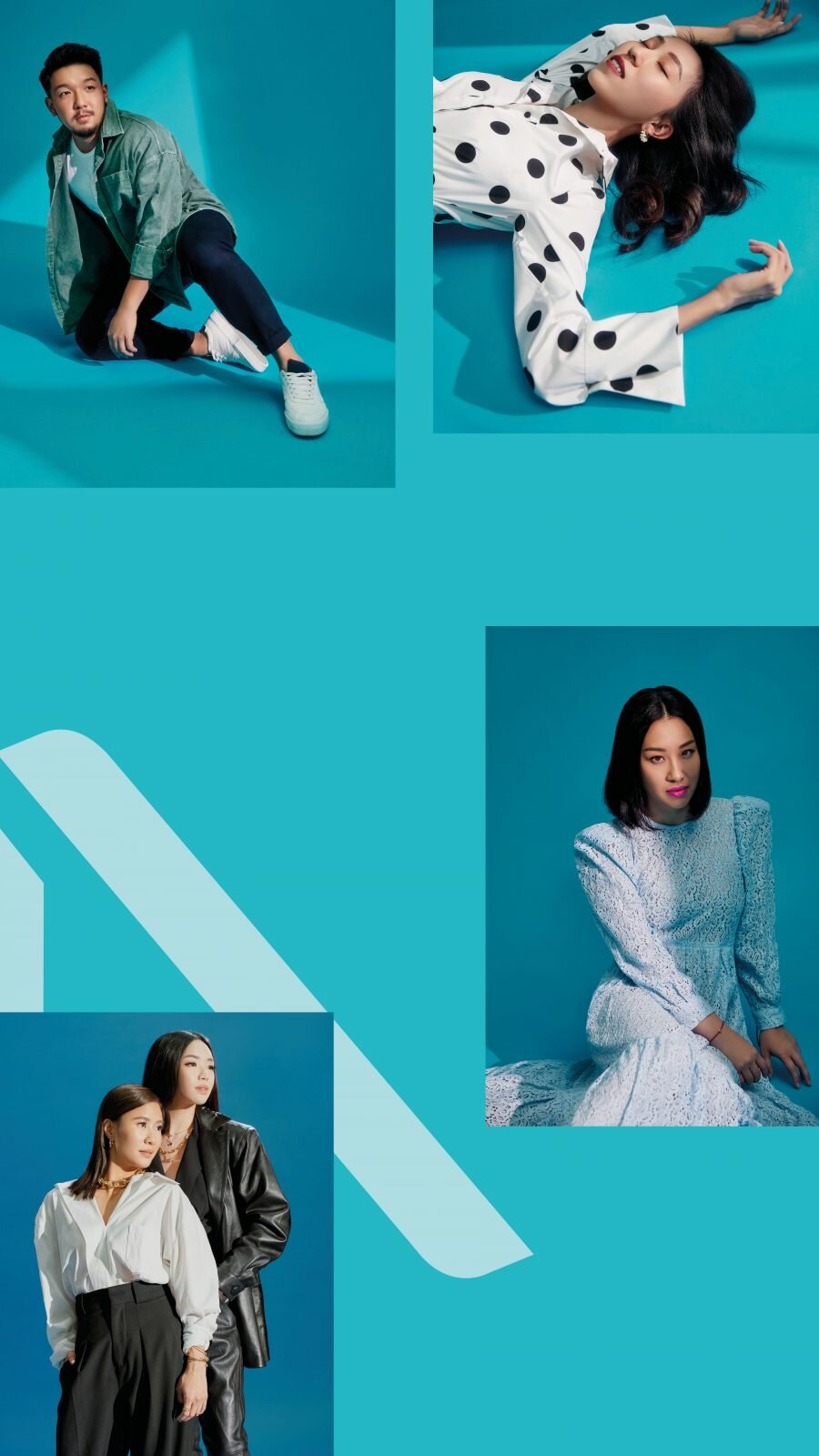There’s never been a better time to become a celebrity. Everyone can become one; such is the allure of social media platforms like Instagram (IG), where you can amass a steady following and be heard by people from around the world.
And marketers have taken note. In a landscape of jaded millennials and tech-savvy consumers, traditional ads no longer hit the way they used to. Hence, the “Mad Men” of yore have traded billboards and TV spots for a square on the feed of IG’s newest ingenue, spawning an industry Business Insider estimates could be worth up to $15 billion (S$20.8 billion) by 2022. Acknowledging the power influencers now wield, Singapore’s largest media network Mediacorp set up its own influencer arm in 2017. Not bad for a career path that barely existed a decade ago.
It’s even a legitimate way to earn a living. The Inland Revenue Authority of Singapore has an entire tax filing requirement for social media influencers. Those who earn more than $6,000 a year are considered “self-employed” and are, hence, taxable. There’s a detailed table outlining what needs to be declared — not required for 10 face masks worth $10 each but necessary for a $100 bag given as payment for a blog post, for instance.
As influencers point out, there’s a decent amount of unglamorous behind-the-scenes work and schlepping that goes on, whether that means client meetings and brand research, or planning an outfit for a photo and taking all day to compose it. The difference is that as an influencer, you are, in essence, the business as well as the sole commodity up for consumption.
For Singapore’s biggest influencers, their IG presence has literally become their livelihoods. The job comes with perks, as they readily admit, but a lot is left off screen. They must deal with the strain on their mental health that comes with always being “on” and the inability to draw a line between their personas and private selves. They are beholden to a social media platform that can toy with their incomes as easily as a tweaked algorithm, and have to bear the mental toll of abuse dished out by the internet’s faceless masses.
But if you didn’t upload it to IG, did it really happen?
-
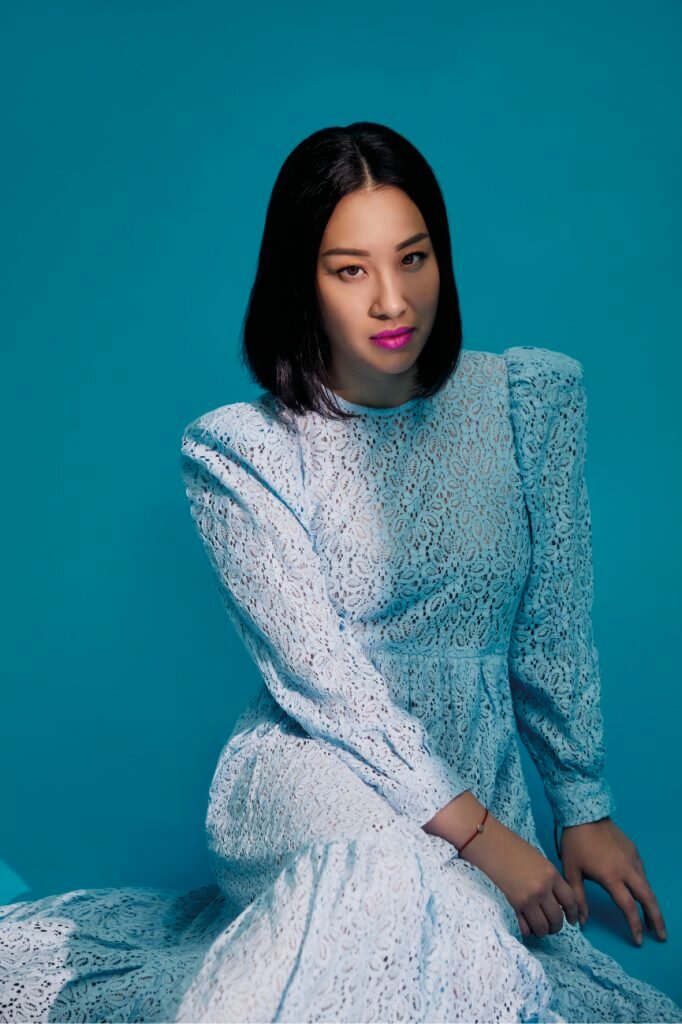
Bella Koh (@catslavery) -
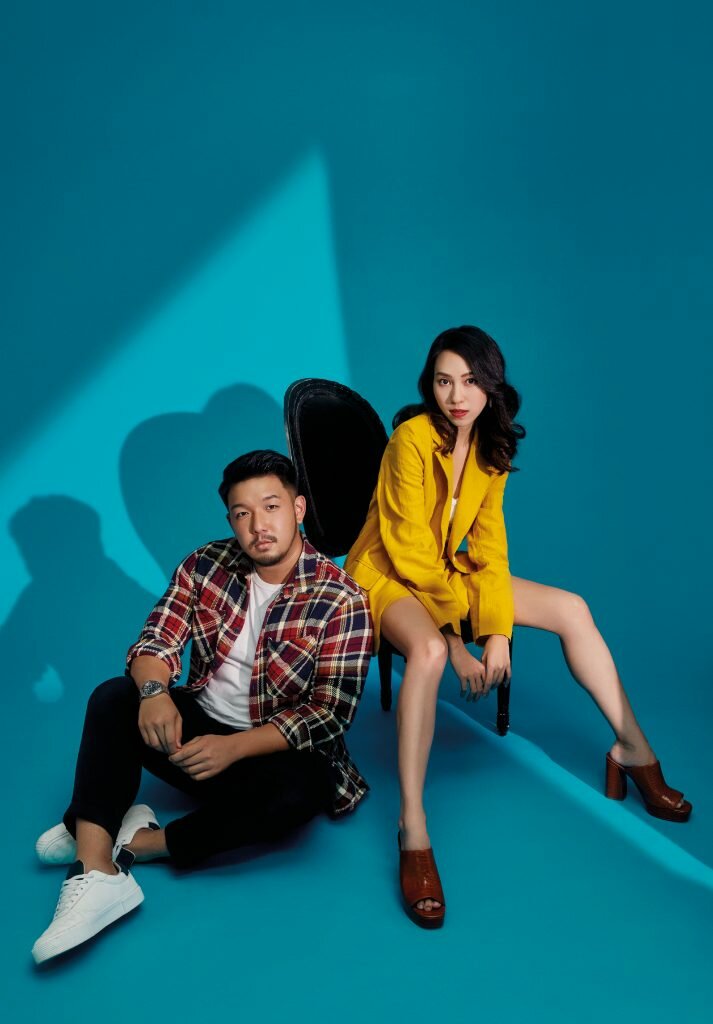
Aiken Chia (@aikenchia) and Melissa C. Koh (@melissackoh)
Melissa Celestine Koh @MelissaCKoh knows all too well what happens when your life is laid bare for all to see. Her sponsor-heavy wedding, which offered a Dior styling counter for guests and TWG pairings with each course, caused a stir in 2017. People deliberated whether sponsored weddings warranted the customary red packet.
The new mother has parlayed her girl-next-door charm to rousing effect to some 267,000 followers. They coo at the 30-year-old’s equally photogenic family and gush over her with disarming familiarity: “Gorgeous as always, Mel”, enthuses a lady whom Koh does not follow. Koh reciprocates with a proliferation of heart emojis in her replies.
Beneath the airy, carefree realm conjured by @melissackoh’s autumn-toned feed is a shrewd business acumen. “Being an influencer is a business. It puts food on the table, and I treat it as a career,” she says. “I have a team now, so I’m also accountable to everyone on my payroll.”
Her team works on her profile as well as two off-shoot brands, fashion label Run After and lifestyle shop Some Days At Home. They include back-end developers to manage her main blog and e-commerce platforms, accountants to balance the books and, of course, producers to help create and edit content.
Koh, who first started posting on IG five years ago, didn’t think she’d end up making a career out of it. But what she does know is the one thing that ties it all together is herself. While she’s asked herself “how sustainable this gig will be”, she’s also chosen to enjoy what it brings.
“Having influence is always valuable, and having that community of people who follow you and are open to what you share, is valuable in so many other ways.”
Socio-cultural anthropologist Crystal Abidin has been studying social media personalities, particularly those in Singapore, ever since Xiaxue and her peers peddled stories both lurid and banal on Blogger. If there is something the senior research fellow at Curtin University has learnt in her last decade of research, there’s much more to influencers than vanity.
“Being an influencer has never not been serious business,” she says. “There’s a lot more that comes from the job that we assume to be innate to humans. But influencers develop these skills, they have to learn them.”
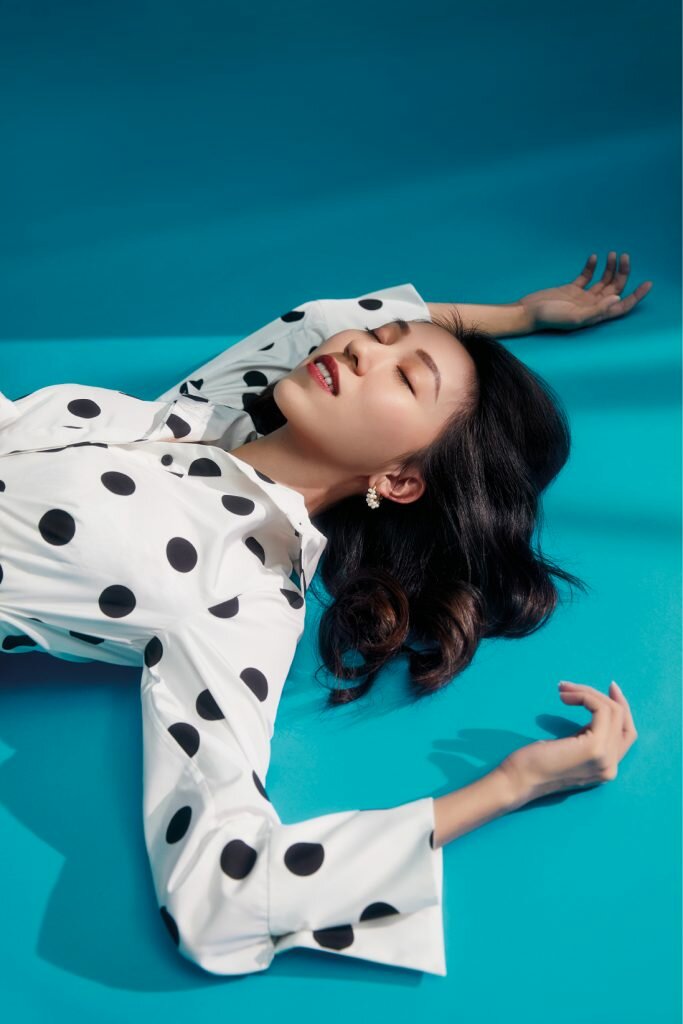
“We’re talking about decorum, posturing, relatability, intimacy, tech skills. If I were to put these same personalities in Hollywood and call them an actress because they starred in one movie, we would count all this towards their professional development. But because influencers’ lives all take place on social media, we tend to devalue what they do.”
Abidin’s former student from the University of Western Australia, Willabelle Ong, 25, would know. @willamazing serves as a pictorial LinkedIn of sorts, part escapist fantasy and aspirational glossy for her 157,000 followers, and part portfolio for clients past and future.
Ong, who’s spent the last four years as a full-time influencer, says: “At the end of the day, it is a professional feed. I try to be as true as possible, so my IG is peppered with snippets of my personal life — but even I wouldn’t say that it’s an accurate representation of who I fully am. That’s because I try to keep it professional, because IG is my work.”
And part of that work is building and managing her personal brand. That her brand involves an aesthete strutting across Tokyo sidewalks casually clutching a newly launched Dior perfume is secondary. Ong also runs advertising agency W&R Creative, where she provides styling and photography services for clients.
If crafting and posting a photo on IG appears effortless, it’s only because she’s made it look that way.
“Behind every perfectly curated image is a process,” says Ong, who also labels herself a writer, photographer and creative. “Conceptualisation, venue sourcing, post-production and so on — it’s not always easy; there’s a lot that goes on behind the scenes that’s not [shown] online.”
Salina Chai runs @salinachai like she would her family business. From stylised product shoots to mean-mugging with a strategically positioned Chanel powder compact, all her posts are harmonised through the use of a sepia-toned filter. It is designed to make us feel as if we are looking at a brand unto itself — Chai’s brand.
“I see myself as a one-woman creative business,” says the 26-year-old. “You are your own business development manager, so you need to learn how to develop your own brand, plan long- and short-term business goals, think about how to remain competitive and build relationships with new and existing clients.”
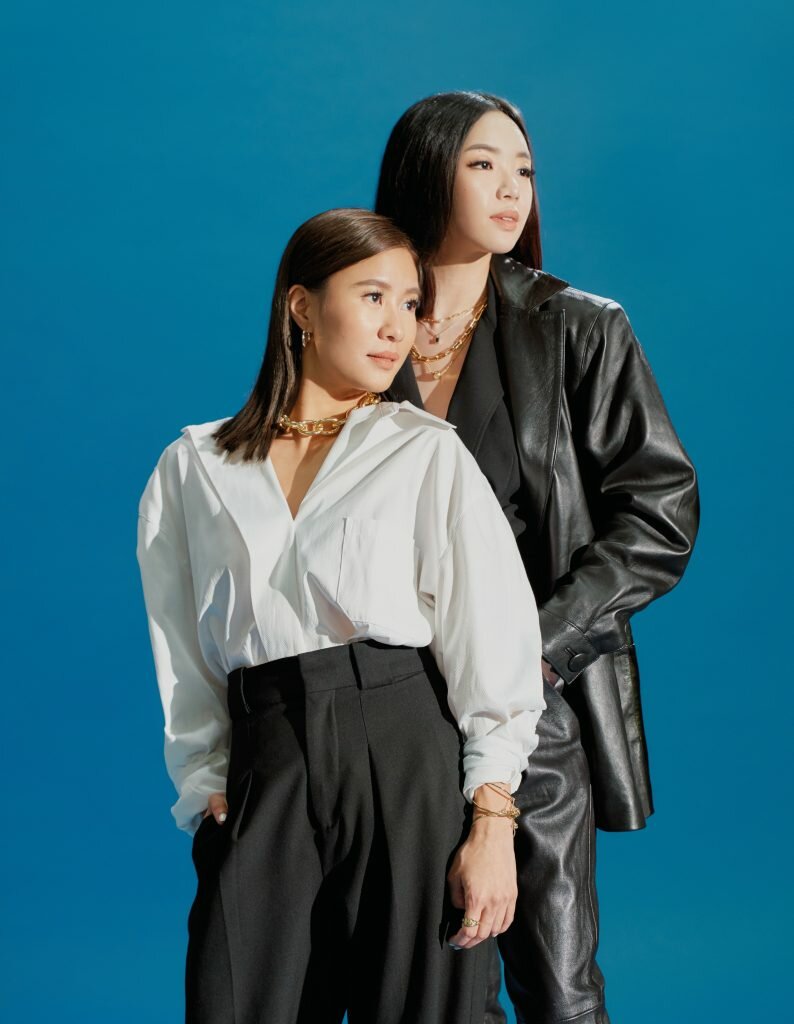
Chai and Ong say they enjoy the creative process that goes into making an IG post, and they like being able to connect directly with their followers.
“Our followers see us as a non-traditional way of getting news,” says Chai. “We get invited to press presentations, fashion shows, beauty launches or media tastings, and we post about them. It makes them feel like they’re attending these events with us, as if they’re a part of our lives.”
One common criticism influencers have to deal with is that their work is “fluffy”, that it is an easy life devoid of real effort, and that anyone can do what they do. This is especially when the life you present to the rest of the world is an endless highlight reel of first-class suites and designer goods.
Organisational psychologist Dr Janine Bosak, whose research mostly focuses on how women are treated and perceived in the workforce (answer: inequitably), reveals that it is no different in the realm of influencers.
“Research shows that contributions by women are less valued than contributions by men, and the devaluation of women’s work might be even more pronounced when they write about female-stereotyped topics.”
Abidin elaborates: “Many topics influencers deal in, like fashion, parenting or general lifestyle, are assumed to be knowledge women inherently know, but not all of this is common sense. When women peddle in these topics, we don’t assign value to what they do. So we end up brushing them off as mere influencers.”
That may be why the gender wage gap exists even on IG. A study last year by analytics platform Klear found that although women comprised over 75 percent of the influencer industry, they made less money than their male counterparts for every sponsored post. Such gender politics belie darker, long-held prejudices about women — and have created a dodgy underbelly not unlike the one dredged up by the #MeToo movement.
Alone and without the backing of traditional media groups or talent agents, aspiring influencers — mostly young women — are susceptible to being exploited. And much like Hollywood, says Abidin, the industries that surround influencers and that profit off them are overwhelmingly male.
-
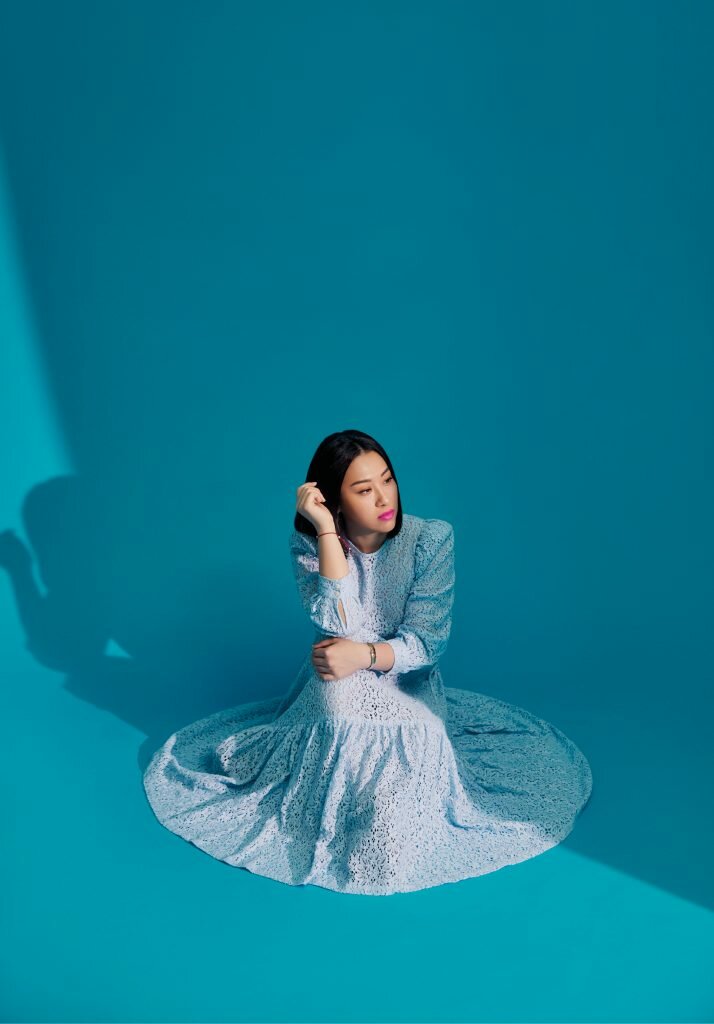
Bella Koh (@catslavery) -
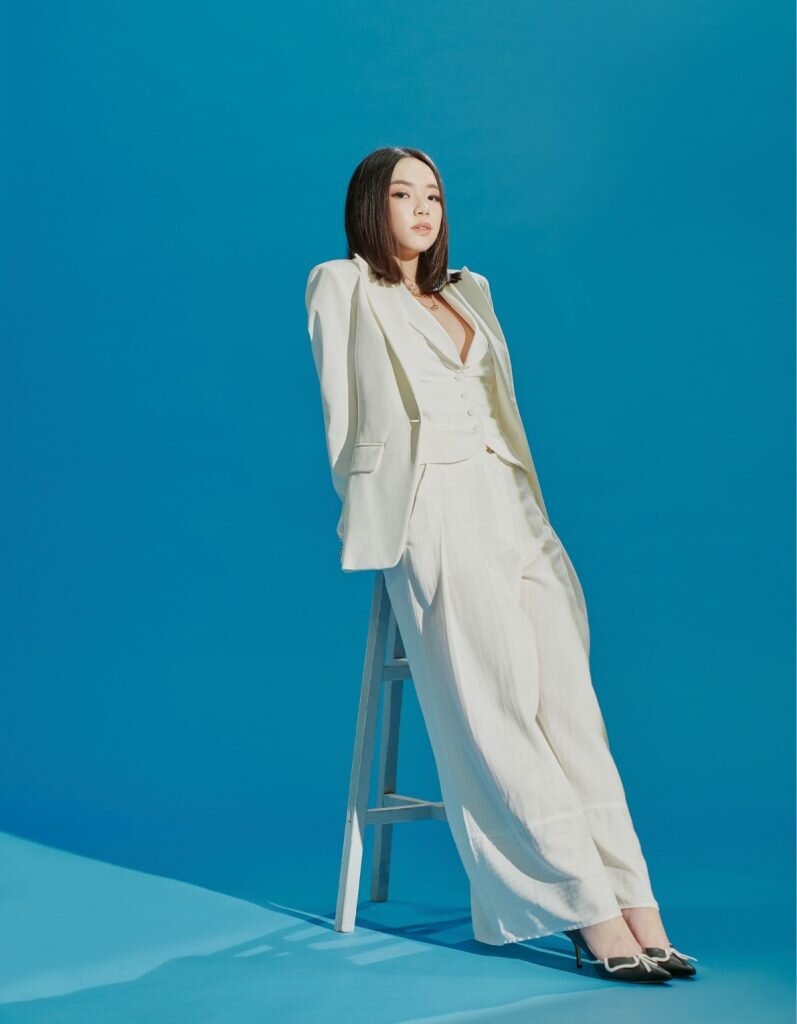
Willabelle Ong (@willamazing)
The most egregious example is SGInstaBabes. Launched in 2018, the influencer agency offered subscribers a range of rewards based on ascending tiers. Paying $10 a month got you access to digital photo albums of influencers — young girls who were above 16 years old, assured the agency’s male founder — shot in various states of undress. The tiers go up to $5,000 a month, which granted you the title of “Ultimate Sugar Daddy” and a private yacht party with the girls of SGInstaBabes.
For influencers who open their lives up to criticism, and more, the consequences may be even more dire. “We’re talking about mental health issues from repeated exposure to hate comments, being stalked, having relationships fall apart from the pressure of needing to continuously publicise your life,” says Abidin.
Compounding the pressure is the fact that influencers are essentially part of the gig economy, hence they feel obliged to take on numerous clients and keep churning out content.
“We are basically freelancers and try to accept as many jobs as we can. So you have to constantly create content; the more you post, the more you engage your followers. It can consume you.”
Bella Koh
Slow-living advocate Bella Koh’s 70,100 followers might think of her as an influencer, but the 39-year-old thinks otherwise. Like other IG stars, she doesn’t want to be pigeonholed as someone who only makes content that fits into a square tile.
Two years ago, she set up lifestyle space Slow House to fulfil her original objective for going onto IG: gather a community of like-minded folks who espouse the values of sustainability and conscious living. At Slow House, she runs vegan cooking classes and wellness workshops.
Koh remains pragmatic about her fame: it’s easy to succumb to the glamorous trappings of IG, but for her that’s just a means to an end.
“Being an influencer is not something that will see you through retirement. We are basically freelancers and try to accept as many jobs as we can. So you have to constantly create content; the more you post, the more you engage your followers. It can consume you.”
Being an influencer is an entirely different ballgame from traditional routes to stardom, as YouTuber Aiken Chia can attest to. Prior to becoming a partner and actor with Night Owl Cinematics — where he shoots comedic skits and food shows on YouTube for a collective audience of 971,000 subscribers — he was a freelance actor. He knows how hard it is for most influencers to strike it out on their own.
“I came from a traditional media background, where the roles are very defined and clear. If you’re an actor or host, you can just focus on that one skill. But influencers have to think about the bigger picture, as opposed to memorising the script given to me as an actor and a host,” he says.
“As an influencer, you are the business. You’re the one who sells, you have to be the one negotiating the tough money stuff, and then turn up on set and actually do the job — and act like none of those negotiations, no matter how great or nasty, happened at all.”
But the golden age of influencers is over. With sites and services that offer fake followers for sale, fame can now be bought in an instant. One no longer needs to work as hard or as smart. And what about the billions of dollars the influencer industry rakes in? Cybersecurity company Cheq estimates that in 2019 alone, a good chunk of that — about $1.3 billion — could be lost as a result of fraudulent statistics.
In the wake of it lies a growing mistrust of influencers, driven by the difficulty in translating IG metrics into measurable results, as well as recent studies indicating how influencers artificially boost their stats through bought followers, likes or comments. A study of some 7,000 Singaporean influencers by analytics platform HypeAuditor shows that the number may only be half as large. Just as people shunned traditional advertising for its heavy-handedness, the influencer industry is now seeing a plateau thanks to sheer ubiquity — an overly effusive caption or curiously placed product marks it as a blatant advertisement. But does that mean it’s a downward slide from here?
“As an influencer, you are the business. You’re the one who sells, you have to be the one negotiating the tough money stuff, and then turn up on set and actually do the job — and act like none of those negotiations, no matter how great or nasty, happened at all.”
Aiken Chia
-
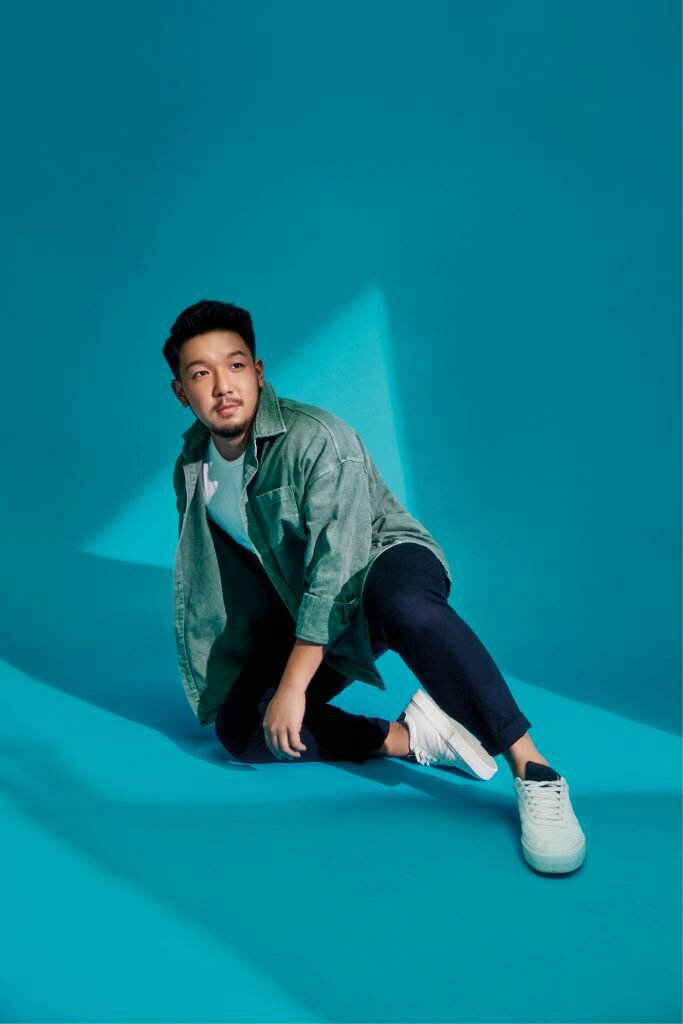
Aiken Chia (@aikenchia) -
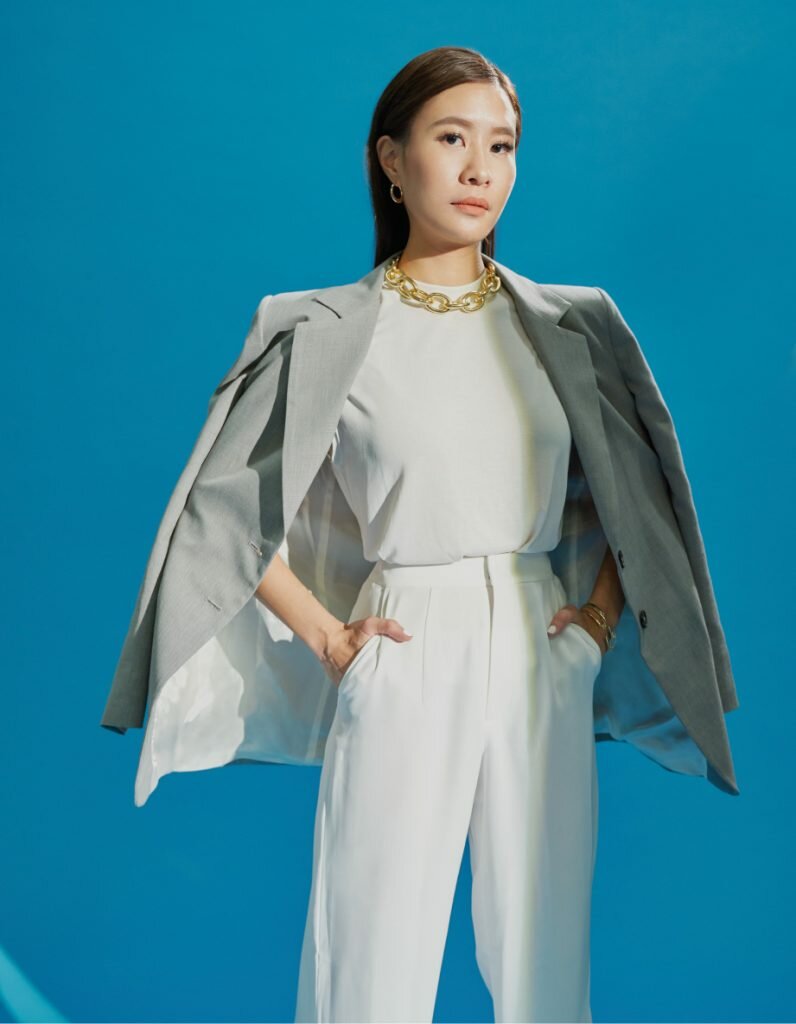
Salina Chai (@salinachai)
“On the contrary,” maintains Abidin, “Influencers are more necessary than ever. They might have plateaued, but they’ve become a very essential fabric of the advertising and media ecology. To get your message out on social media, it’s not enough that you buy ads, because users have just blocked these out, whether mentally or with ad blockers. To reach anyone these days, influencers — whether mega, mid-tier or micro — are your entry level.”
Influencers themselves aren’t devoid of worry. Despite the looming transience of their platform and unstudied effects of what it’s like to live life online, many insist they enjoy what they do even if they still view it as a job.
Between poses during her photoshoot, we ask Chai — half in jest — what she’d do if IG were to shut the next day. She pauses for a second, then quips: “I don’t think I’ll stop. I’ll continue what I’m doing now. Because you know what they say: If you love what you’re doing, it doesn’t feel like a job at all.” She then flashes a smile for the camera.
This story first appeared in our March 2020 issue of A Magazine.
